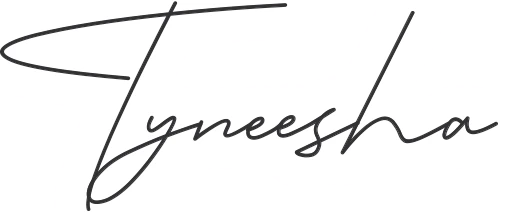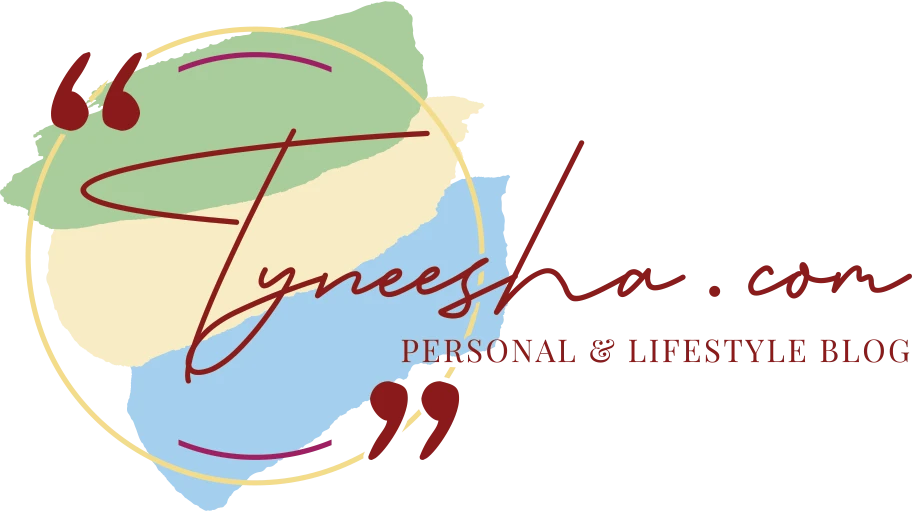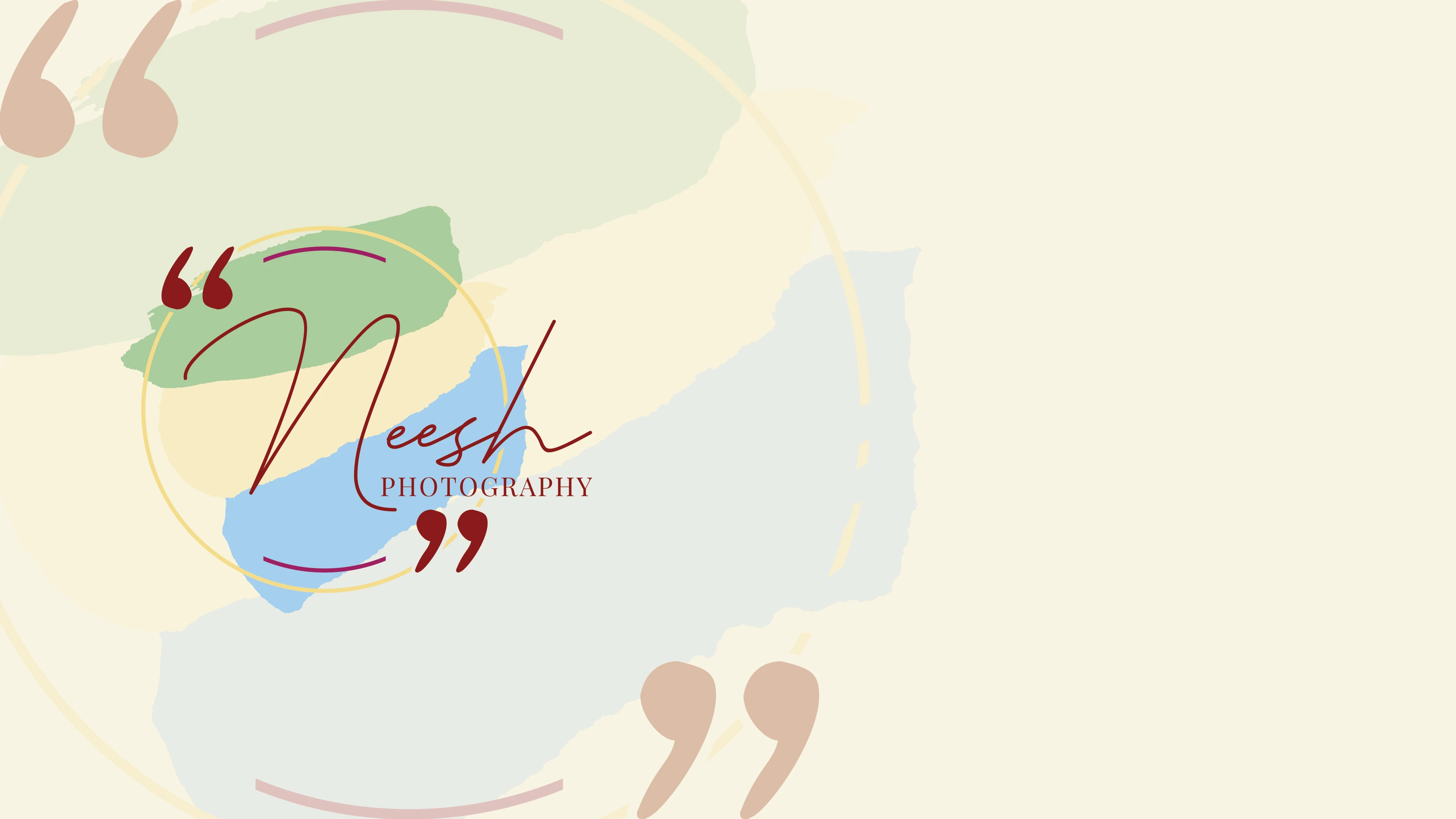27th July, 2024
At the beginning of this semester, I embarked on my final DA journey with the aim of expanding my photography business while delving into the intriguing interplay between business pragmatism and creative expression. In my project pitch, I articulated my aspirations:
“I aim to explore how unpaid work can blur the lines between commerce and creativity. In essence, my project aims to leverage photography not only as a means to expand my business but also as a tool to strengthen community ties and explore the interplay between business pragmatism and artistic expression.”
Me
This blog post serves as a final update on the progress I’ve made since then. I’ll be sharing key learning moments, reflecting on the unexpected turns that my journey has taken, and offering insights into the lessons I’ve learned while striving to balance the worlds of commerce and creativity. These are the milestones and revelations that have shaped the evolution of my project:
The Planning & Concept Development Stage
During the planning and concept development stage of this project, my primary objective was to expand my photography business while fostering a strong sense of community through both creative and business processes. I had worked on developing my photography business through past DA’s, and as shown in my pitch slides, almost every DA of mine has heavily considered the idea of community engagement, in some form or another.


This was to be achieved by offering volunteer photo sessions to local not-for-profit and charity organisations. The core concept revolved around exploring the intricate relationship between unpaid work, commerce, and creativity, with the aim of blurring the lines between these elements. The project embraced the idea of the “adjacent possible,” gradually expanding the boundaries of photographic work by dissecting its components and uncovering latent possibilities. Additionally, it sought to challenge established norms within the realm of photography, triggering paradigm shifts and generating innovative approaches.


The target audience included NGOs, charities, not-for-profits, goodwill organisations, as well as fellow photographers and creatives. This initiative aimed to raise awareness for their causes and help grow their businesses while potentially changing the perception and value of photographic work, both monetarily and ideologically.
Social media platforms and blog posts were chosen as channels to connect with the project’s audience, and inspirational sources like Photographers Without Borders, Humans of New York, and Colours of Wollongong were identified as analogous artifacts to inform and inspire the project’s development. I had completed blog-based DA’s in past subjects, and it is something that I try to remain consistent about regardless, so it was easy to work it into my schedule.
Initial Problems Arise
In my previous update, I highlighted the challenges that surfaced during the early stages of the project. Notably, time scarcity became a significant hurdle as I endeavored to balance photography with university commitments and other life responsibilities. The post-covid context added another layer of complexity to time management, further complicating my efforts to maintain a regular photography schedule. In our podcast episode, Ash, Alana and I spoke about how the post-pandemic pressures of life have affected our ability to invest time in our current DA’s, in comparison to DA’s that we worked on during lockdown.
Additionally, the project encountered obstacles in the form of legitimacy and recognition by the organisations I sought to collaborate with. Finding worthy causes and convincing them to accept unpaid services proved to be a task in itself. Many organisations hesitated to respond, partially due to misconceptions about unpaid work and the additional processes involved in managing volunteers. Some didn’t respond at all, while others took their time, emphasising the need to streamline communication and make the offering of unpaid services more accessible. I made the effort to create a form for volunteer work, to gather client information and increase perceived legitimacy. This has been largely successful in the latter half of the semester (I mentioned in my last update that my website forms had broken and I had to fix them, causing an influx of spam).
These initial problems challenged the sustainability of offering unpaid services and raised questions about the prevailing hyper-production culture in creative industries. The journey began to evolve as I navigated these early obstacles, seeking ways to prioritise paid work without sacrificing my passion and motivation for photography. This exploration of legitimacy and efficiency became essential aspects of my project’s narrative, which I further delved into through dedicated blog posts.




I wrote blog posts reflecting on almost every job I completed, paid or not. The process of actively reflecting on my experiences during work not only helped me to identify my own strengths and weaknesses, but helped me to de-brief and de-stress, preventing burnout.
As I reflect on these challenges, it’s clear that the journey to explore the interplay between commerce and creativity in photography is not without its complexities, but it’s precisely these challenges that offer valuable opportunities for growth and learning. In the next section of this update, I’ll discuss how I’ve addressed and adapted to these challenges as my project has evolved.
Living & Learning
The biggest take away I have had from completing this DA is a refreshed understanding of the value of my work. I was successful in exploring what my work means outside of a direct monetary value paradigm. Balancing university commitments, work, and personal life made it increasingly difficult to maintain a regular photography schedule. The time crunch added an extra layer of complexity, pushing me to explore ways to streamline my workflow and ensure I maximised the value of my time. This was particularly evident during weeks of slow work, where marketing my business and securing projects became a daunting task. Though in busier weeks, I learned to prioritise certain tasks over others.
Surprisingly, what motivated me most wasn’t monetary gain but the client’s expectation. Handling multiple jobs concurrently, I recognised the need to prioritise paid work to meet client expectations and fulfill my responsibilities. It’s here that the importance of efficient time management came into play. I identified the urge to overshoot as a problem with efficiency after taking on the Cabaret job and taking a while to edit and return the photos. I realised that overshooting tends to happen when I am feeling unsure of my work, and decided to trust my skill more and reduce my work load next shoot. This past weekend I spent 6 hours volunteering for the local council at their Culture Mix festival, and only shot 547 photos. I am not feeling overwhelmed about the editing process, and I feel I got all the shots I needed. This process has resulted in a significantly improved shot-rate, quicker editing times, and an overall boost in motivation.
Moreover, I took proactive steps to enhance my in-camera skills, aiming to capture the perfect shot without extensive post-processing. This involved experimenting with different software, settings, and equipment, such as white-balance cards. The AAEE conference took more time than necessary to edit, with the biggest time-eater being adjusting white balance, hence I learned to bulk-edit and purchased a grey card to avoid this issue in future. These adjustments further reduced editing time, leaving me less susceptible to burnout and more excited about upcoming projects.
Getting back from Giving Back: Building Community & Receiving Reviews
One of the remarkable benefits of this project has been the consistent feedback and reviews I’ve received from my customers. These reviews not only serve as valuable testimonials but also go a long way in affirming the quality of my shooting and editing processes, keeping me motivated and driven.


A significant factor in building community and receiving these reviews was making myself easily accessible via phone. This approach simplified the planning and organisation of photoshoots and allowed for a more efficient and friendly interaction with clients. By creating a channel for direct communication, clients could readily establish trust, which proved to be a time-saving and comforting practice. It’s clear that these direct interactions facilitated a more productive start to the photoshoot, emphasising the importance of building a rapport and trust with clients.
An experience that particularly stands out in my journey is the volunteering work I did for the Culture Mix festival. Here, I had the chance to observe the results of my efforts over the past months. During the festival, I had the opportunity to engage with the community while shooting in the sunshine. It was a chance to test my new strategies, such as reducing overshooting and streamlining my workflow. The experience also allowed me to reconnect with community members from other organisations I’d volunteered for, further strengthening the sense of community I’d set out to build.
In essence, the project has enabled me to get actively involved and invested in my local community, offering a deeply rewarding and motivating experience. Furthermore, I’ve developed connections with other photographers in the area, who now refer me for jobs they believe I’d excel in. Through this sense of community and collaboration, it has become apparent that emotional investment in my craft and monetary gain need not be mutually exclusive benefits.
Conclusion
As I draw to a close in this final update, it’s evident that the journey to explore the interplay between commerce and creativity in photography has been rich with challenges and revelations. The project not only contributed to the growth of my photography business but also allowed me to connect with a diverse range of individuals and organisations, nurturing a thriving sense of community. Through efficient time management, streamlined workflow, and direct client communication, I’ve adapted to the evolving demands of the photography industry. The feedback and reviews I’ve received have been invaluable in affirming my skills and dedication, and I’ve learned that building a sense of community can have tangible benefits, both in terms of passion and monetary gain. After learning about value in this experimental way, I’ve decided to refresh my photography website and pricing. This project has, in essence, illuminated the transformative power of community engagement, and I look forward to continuing this journey with the knowledge that the worlds of commerce and creativity are not merely coexistent but can be mutually reinforcing.






